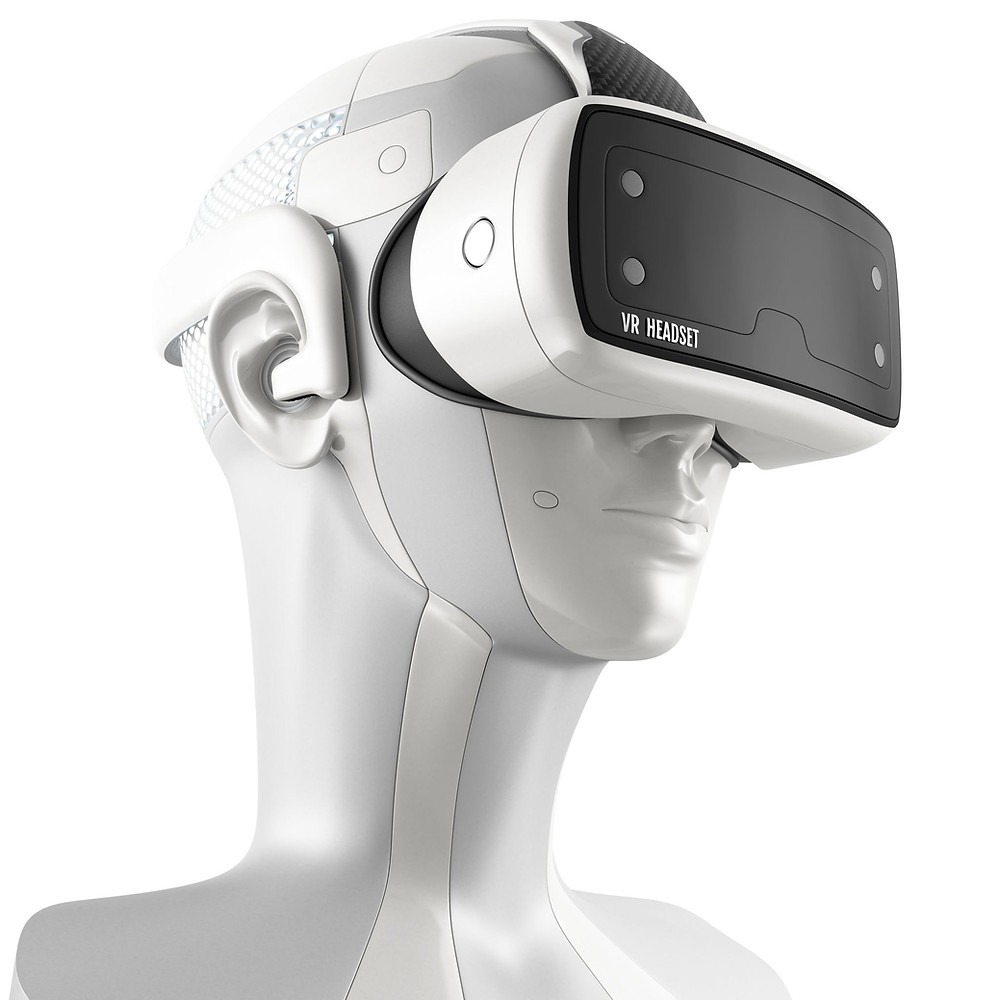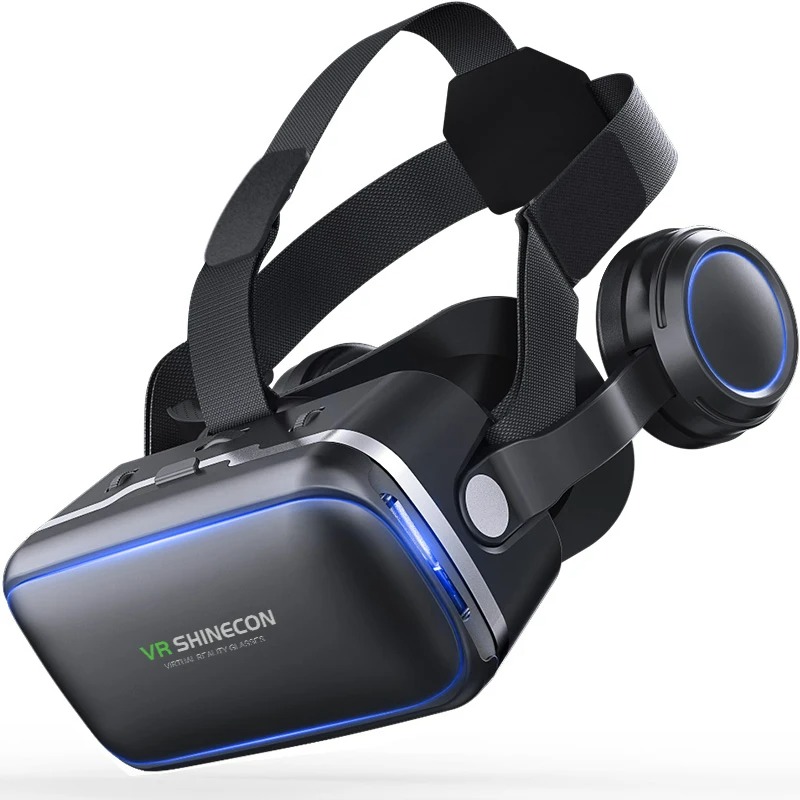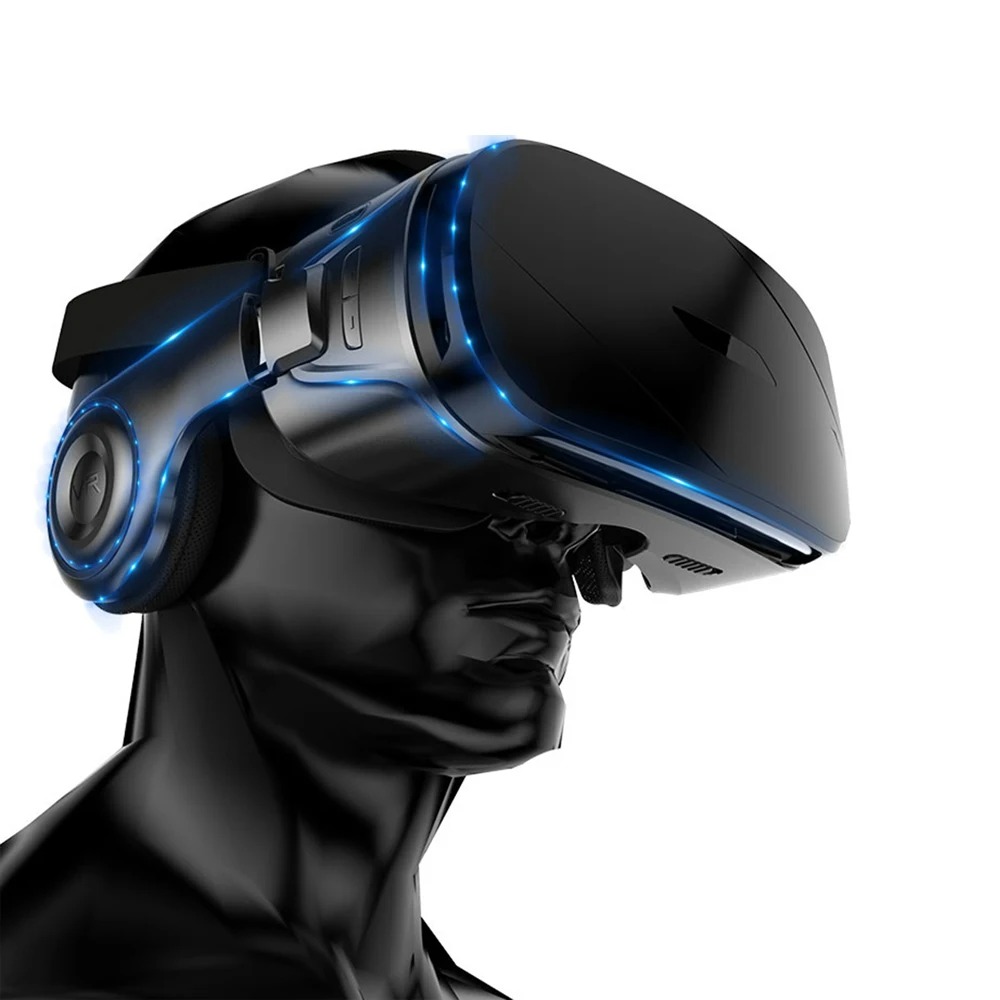The Evolution of VR Technology
The world of VR has advanced rapidly since its conception. We’ve seen VR evolve from rudimentary beginnings to sophisticated systems. From clunky headsets with limited capabilities to sleek, feature-rich models, VR technology breakthroughs are transforming experiences.
How do VR headsets work? With every passing year, VR headsets become more user-friendly and immersive. Once, they were tethered to powerful PCs, but now many operate wirelessly, offering freedom and flexibility. Advances in display resolution have given us crystal-clear visuals, making virtual worlds more convincing.
Tracking precision has skyrocketed, allowing for lifelike movements within VR. This evolution has led to the widespread application of VR beyond gaming, including education and professional training. As VR permeates various sectors, it promises endless possibilities for innovation and usage.
The ongoing development of VR technology is crucial for building future virtual landscapes. Continual hardware and software upgrades ensure an ever-improving user experience. As we look ahead, the boundaries of virtual reality continue to expand, promising even more immersive adventures.

Core Components of Modern VR Headsets
The core of today’s VR headsets lies in their innovative components. These parts work together to create the vivid and reactive worlds that VR is known for. Here are the main components that form the foundation of modern VR headsets.
- Display Screen: The gateway to digital realms, the display screen presents high-resolution images. It is essential for sharp and vivid visuals.
- Lenses: Sitting between your eyes and the screen, lenses focus and reshape the image. They give depth to the virtual world, offering a 3D experience.
- Sensors: A mix of gyroscopes, accelerometers, and magnetometers track your movements. They help translate your actions into the virtual space accurately.
- Audio System: Often built-in, the audio system provides 3D spatial sound. It mirrors how we hear in reality, making the experience more immersive.
- Controllers: Hand-held devices allow you to interact with the virtual environment. They recognize gestures and commands, enhancing your influence on the VR world.
- Processor: The brain of the headset, it computes data at high speeds. This ensures the virtual environment responds quickly to your actions.
- Connectivity Options: These include Wi-Fi, Bluetooth, and sometimes cables. They keep the headset connected to other devices or the internet.
Together, these components work seamlessly to deliver a smooth and convincing virtual reality experience.
Vision Mechanics and Display Technology
The mechanics behind VR vision and display technology are critical for a truly immersive experience. Let’s explore how modern VR headsets use inventive display techniques to transport you to other worlds.
- High-Resolution Screens: These screens show vivid imagery with minimal pixelation, crucial for realism.
- Stereoscopic Display: This technique presents separate images to each eye, creating an illusion of depth.
- Refresh Rate: A high refresh rate minimizes lag, crucial for matching the fast pace of user movements.
- Field of View: A wide field of view, mimicking human sight, makes the experience enveloping.
- Low Persistence Displays: These reduce motion blur, enhancing clarity during rapid movements.
- Foveated Rendering: This advanced technology sharpens the area where you’re looking while blurring the periphery, lessening the processing load.
By combining these elements, VR headsets deliver crystal-clear images and a deep sense of presence in virtual environments. These display advancements continue to push the limits of virtual reality, enabling more complex and engaging experiences.

Understanding Tracking Technologies and User Movement
Tracking technologies in VR headsets have one primary goal: to create a seamless bridge between users’ movements in the physical world and how they move within the virtual environment. A combination of several sophisticated sensors and systems works in concert to achieve this. Here’s a breakdown of how these technologies enable immersive VR experiences:
- Inertial Measurement Units (IMUs): These include gyroscopes and accelerometers, which track rotation and acceleration. They detect subtle movements of your head and body, instantly translating them into corresponding actions in the VR scene.
- Outside-In Tracking: External cameras or sensors look at the headset and controllers. They register your position in space, allowing you to move around the virtual environment. This system can track with high precision but may require a dedicated space and setup.
- Inside-Out Tracking: This system utilizes cameras on the headset itself. It maps your environment and tracks your movements within it. This design is more portable and user-friendly, with no external sensors needed.
- Motion Tracking: It’s not just about where you are, but how you move. Advanced tracking ensures that whether you duck, lean, or wave, the VR world reacts just as the real world would.
- Eye Tracking: Some high-end VR sets detect where you’re looking. This makes interactions more natural and alleviates strain as focus areas render with higher clarity.
- Hand Tracking: Many VR systems use controllers, but some now offer controller-free hand tracking. This reads your hand movements directly, allowing for intuitive gesture-based controls.
These tracking technologies are continuously improving, leading to more fluid and natural experiences. As developers refine these systems, the line between the real and virtual worlds continues to blur, enhancing the user’s sense of presence and immersion in VR environments.
Audio Integration for an Immersive VR Experience
For a complete VR experience, audio integration is as crucial as the visual component. High-quality, 3D spatial audio can trick the brain into feeling present in a virtual environment. Here’s a closer look at how audio plays a pivotal role in VR:
- 3D Spatial Sound: This technology mimics how we hear in real life. Sounds come from all directions, adding depth and realism to VR.
- Directional Audio: Headset speakers are now capable of playing sounds from specific directions. This can direct attention and increase engagement within the virtual space.
- Audio Tracking: Some headsets can track head movements to adapt sound in real-time. When you turn your head, the origin of the sound shifts appropriately, just as it would naturally.
- Sound Isolation: Good headsets can block out external noise. This helps fully immerse users in the virtual world, without distractions.
- Integrated Microphones: These allow for voice commands and communication with other users. It adds a social dimension to the VR experience.
- Customization Options: Users can often adjust audio settings for volume, balance, and environment effects. Personalization enhances the overall user experience.
Incorporating these audio features, VR systems can deliver a sensory experience that envelops users. It’s not just the sights but the soundscape around you that deepens the immersion in VR.

The Role of Controllers in Virtual Environments
Controllers are pivotal in VR for interaction. They let users grab, point, and gesture in virtual spaces. Most look like handheld devices with buttons and joysticks. Users grasp these to impact the game or simulation.
Their role includes tracking hand movements. Controllers have sensors that sense position and motion. When you move a controller, VR reacts in real-time. This makes actions like throwing or drawing feel real.
They also offer haptic feedback. This means controllers vibrate to mimic touch or impact. It adds depth to the VR feel, giving feedback as you touch virtual objects.
Wireless connection is another aspect. Most controllers link to headsets without cords. This allows free movement and a clearer play space. Cords can get in the way, so wireless tech is a key feature for VR controllers.
Ergonomics matter in design. Controllers are made to fit comfortably in hands. This helps reduce fatigue and makes long VR sessions more comfortable. Comfort affects how long users can play or learn without strain.
In summary, controllers enhance VR by making virtual worlds tactile. They provide intuitive ways to move and interact. As VR tech grows, controllers will keep playing a major part in how users dive into these experiences.
Addressing Comfort and Design in VR Wearables
Comfort and design are key in VR wearables. They determine how long users can engage with VR content. Here’s how the latest VR headsets address these aspects:
- Adjustable Straps : Straps now fit a range of head sizes. They ensure the headset stays secure without discomfort.
- Weight Distribution: Modern headsets balance weight evenly. This minimizes pressure on the face and nose.
- Breathable Materials: Soft, breathable materials prevent overheating. They help keep users cool during long sessions.
- Padding: Extra padding around the eyes and face adds comfort. It allows for longer VR use without strain.
- Wireless Options: Many VR headsets are now wireless. This avoids the hassle of cables and increases freedom of movement.
- Battery Life: Improved battery technology allows for extended use. Users don’t need to recharge as often.
- Ergonomic Controllers: Controllers are designed for comfort and ease of use. They fit naturally in users’ hands, reducing fatigue.
- Eye Relief Systems: These systems let users adjust lenses. They cater to different visual needs and can accommodate glasses.
Designers focus on these features to improve user experience. By doing so, they make VR more accessible and enjoyable for everyone.
Practical Applications and the Future of VR
As VR technologies mature, they open up new realms of possibilities. Here are key areas where VR is making an impact and hints at its future potential:
- Education: VR turns classrooms into interactive spaces. Students can explore virtual labs or historical sites from their desks.
- Healthcare: Surgeons train with VR, practicing complex procedures without risks. VR therapy also helps patients with PTSD or phobias.
- Architecture: Architects walk clients through virtual models of buildings. This helps clients visualize the final product better.
- Remote Work: VR creates virtual offices for remote teams. It brings team members together from different locations into one virtual room.
- Gaming: VR provides gamers with immersive worlds. They can act out roles and interact with the environment like never before.
- Retail: Shoppers try products in VR before buying. This includes clothes, furniture, and cars.
- Fitness: People exercise using VR. They engage in virtual sports or fitness classes, adding fun to their routines.
- Social Engagement: VR offers new ways to socialize. People attend virtual concerts or meet in VR spaces.
Looking ahead, VR’s future is bright. Improvements in technology will lead to even more realism and immersion. Wireless headsets will become lighter and more powerful. Tracking technologies will grow more refined, making movements more natural. We expect more sensory inputs, like taste and smell, to be integrated. VR could become a common tool in homes and workplaces.
In conclusion, VR is not just for gaming. Its uses are expanding every day. With ongoing advancements, VR will likely become an integral part of our daily lives. It holds the key to limitless exploration and innovation across industries.